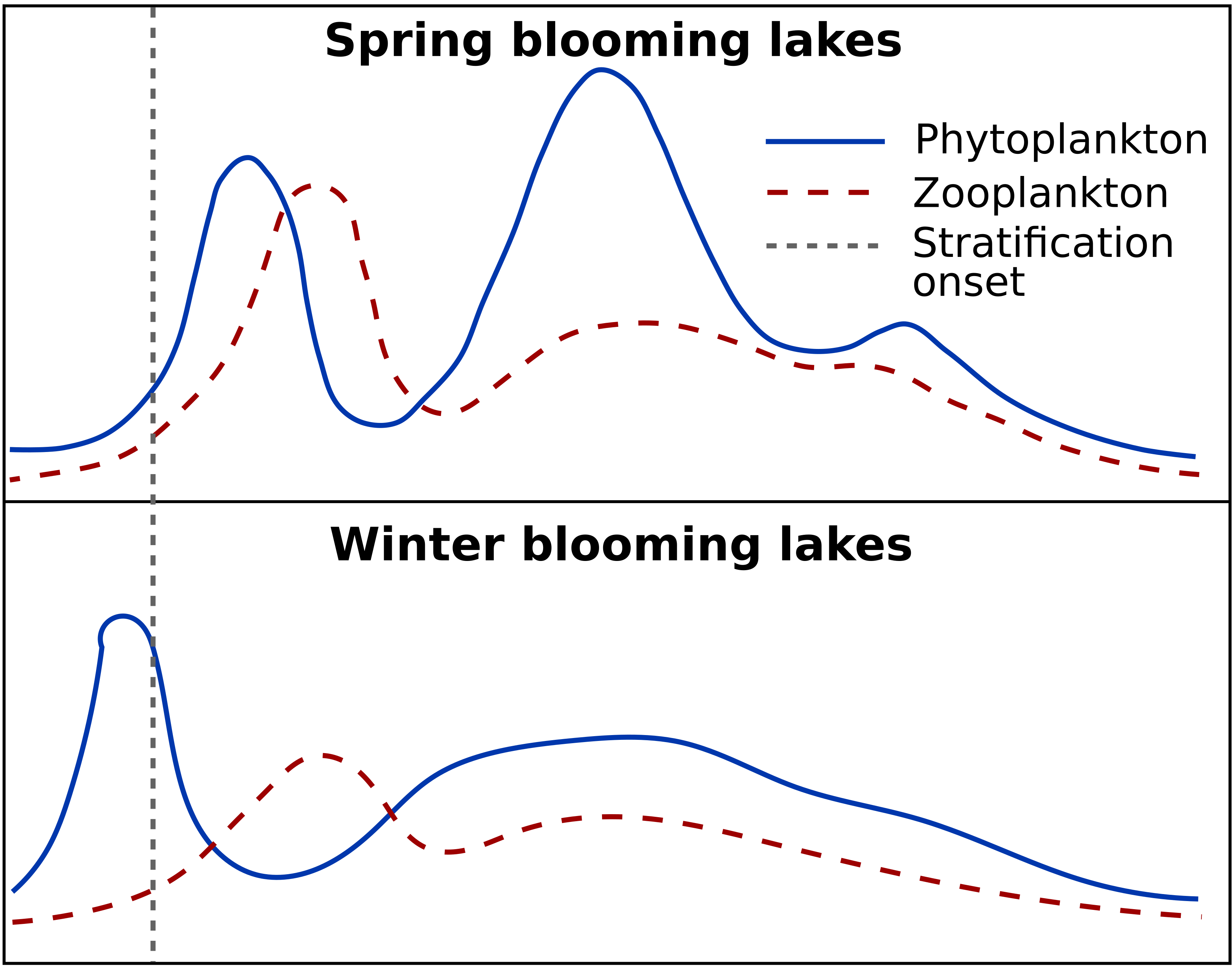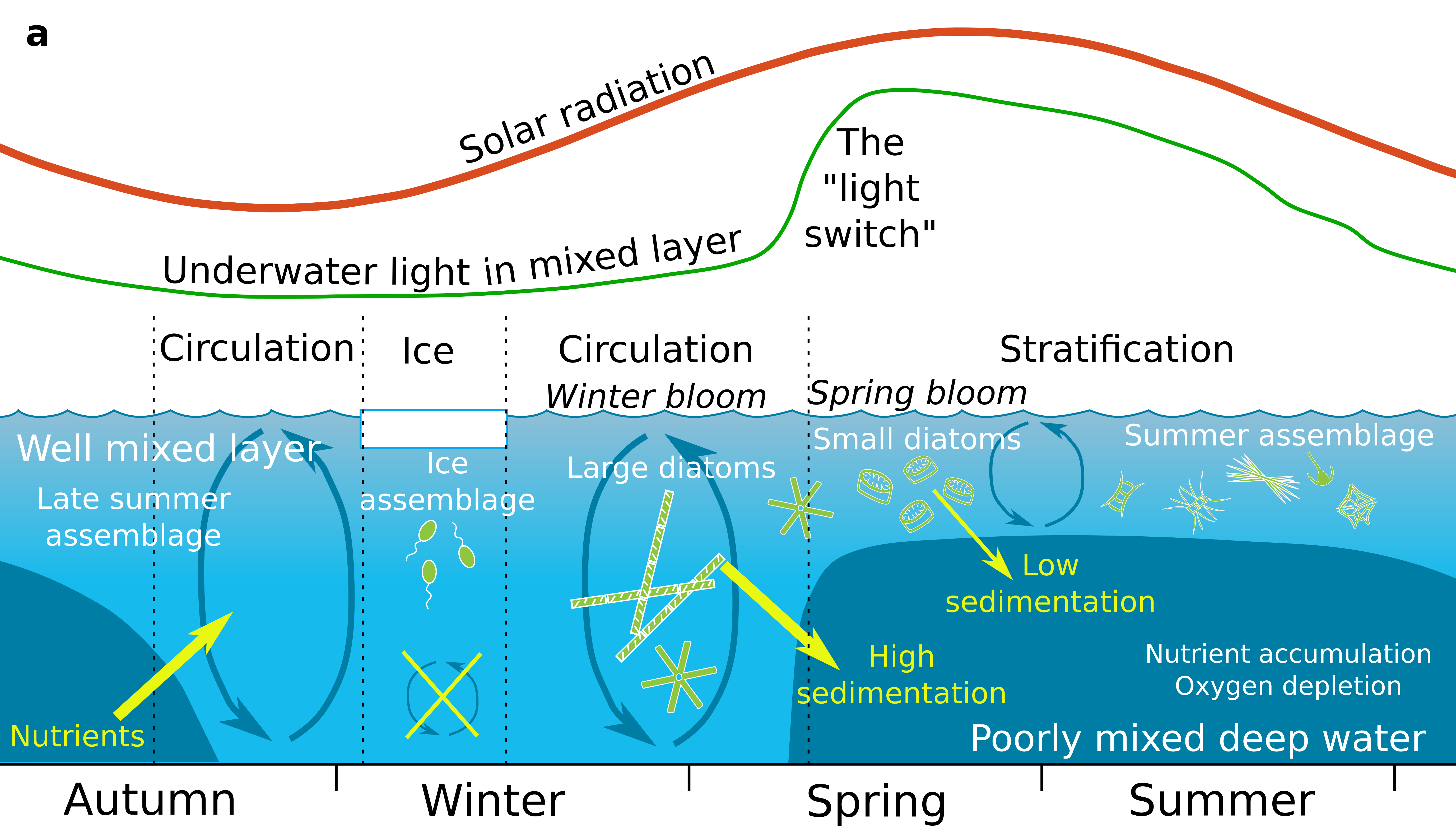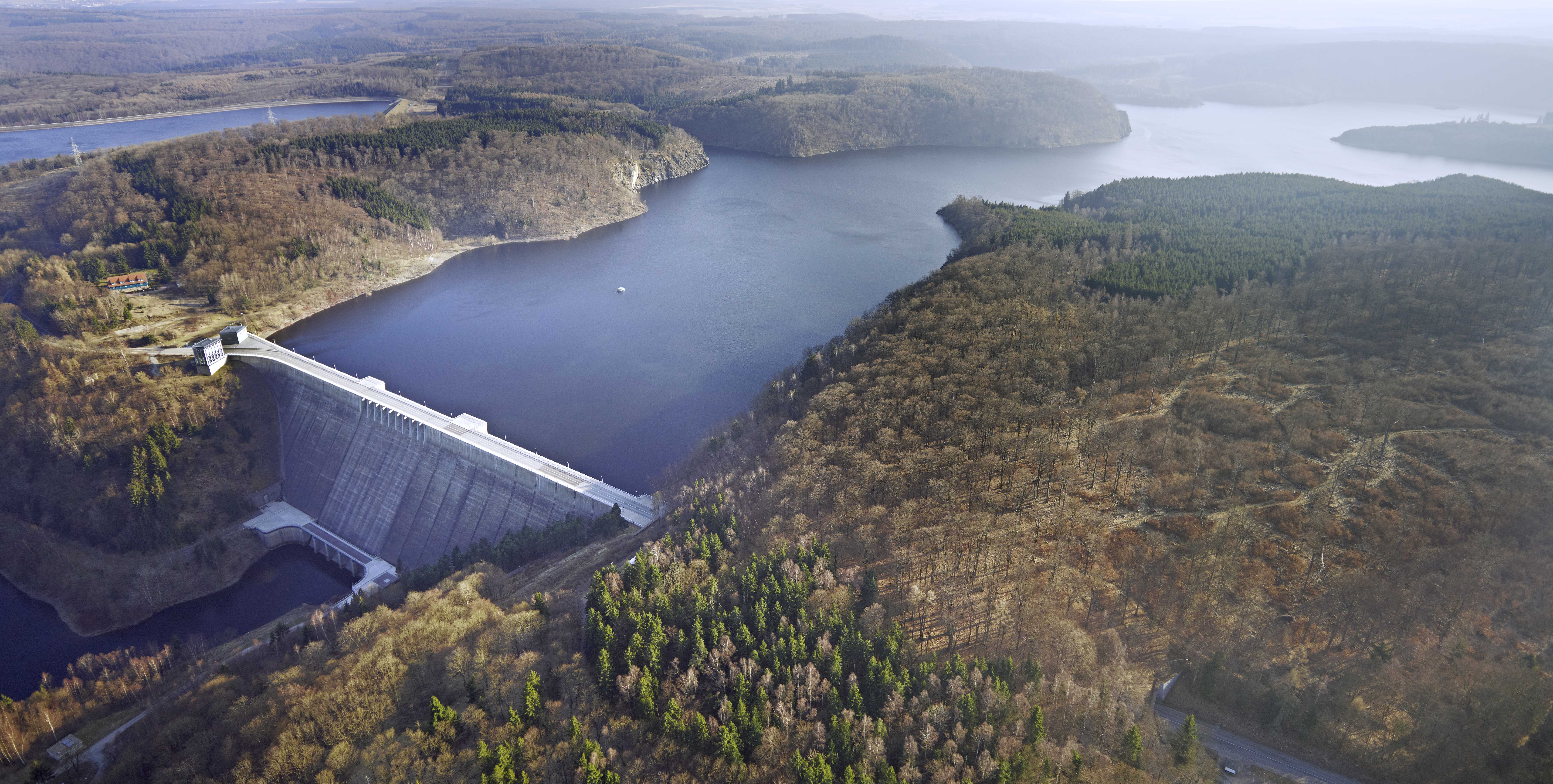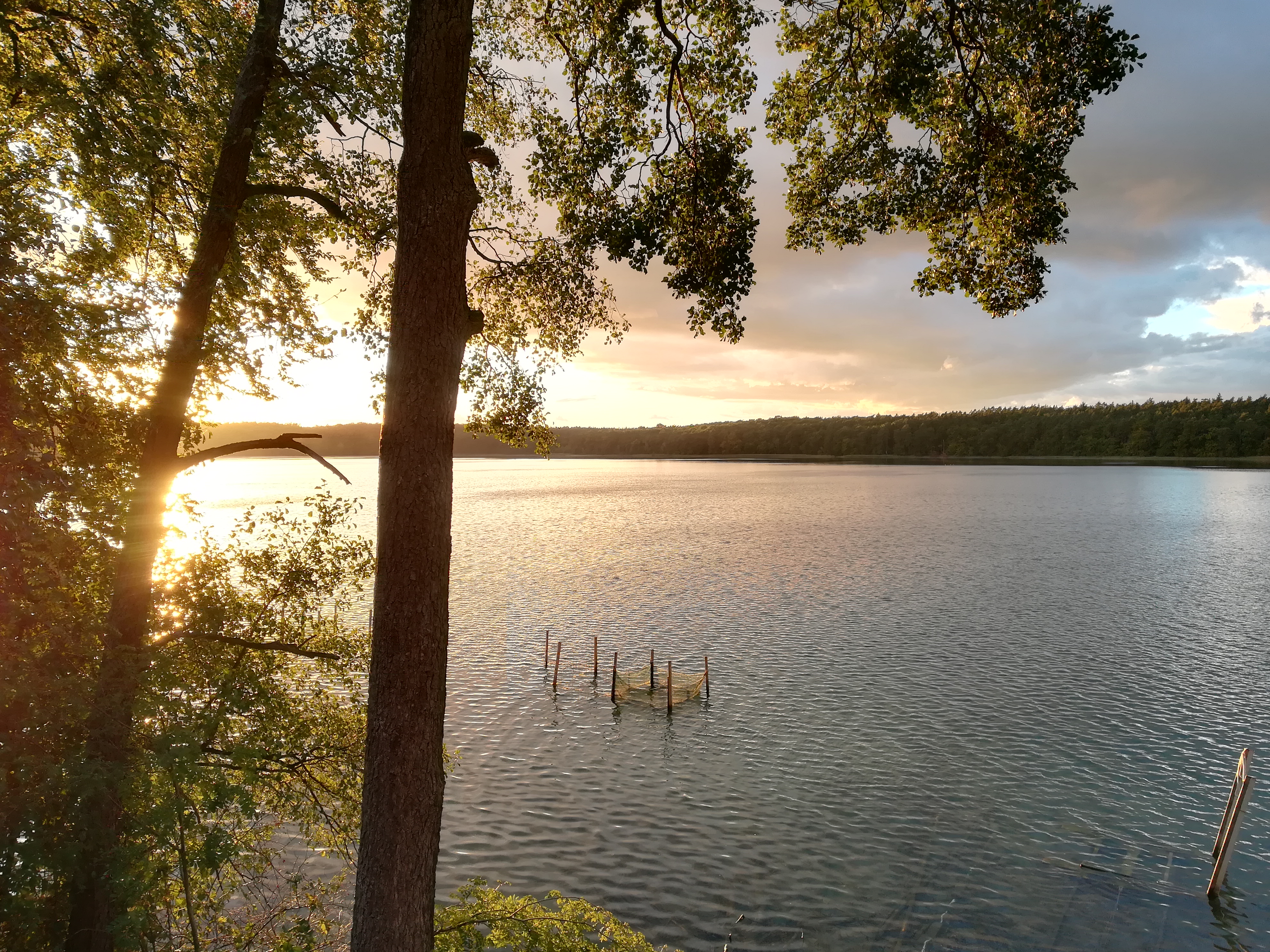Winter diatom blooms and their effect on lake ecosystems
Little is known about the ecology of lakes in winter because limnologists have historically focused on the “vegetation period” from spring through autumn. Winter is generally considered to be ecologically dormant because there is insufficient light for phytoplankton to grow until stratification begins in spring. Contrary to this view, there are many lakes in which phytoplankton – specifically large-celled diatoms – can form dense blooms in late winter before stratification. This phenomenon is little known yet apparently not uncommon in temperate lakes and there is evidence that these blooms can strongly alter lake ecosystems in the subsequent seasons by sequestering nutrients and decreasing phytoplankton biomass. We need to better understand these blooms because climate warming is changing the conditions in winter more rapidly than in other seasons and we expect these blooms to become more frequent as a result.

In winter after ice melts (if present), temperate lakes usually mix to the bottom. Phytoplankton cells are circulated through the whole water column, and spend considerable time in deep dark waters. In many lakes, particularly very deep ones, such cells do not receive enough light on average to grow. As daylength and temperature begin to increase in spring, deeper lakes will stratify, which suppresses deep mixing quite abruptly. A mixed layer forms at the surface, and the cells in this layer receive a much higher dose of light. The onset of stratification thus acts like a light switch, and can trigger a bloom of phytoplankton - usually small-celled diatoms - in the surface mixed layer.
While this situation is typical in lakes, there are many lakes in which diatom blooms can form already in late winter during full circulation before stratification when the light switch is still off. In fact, these blooms - usually large-celled diatoms - can be very big, often forming the annual maximum biomass. Instead of triggering the diatom bloom, the onset of stratification tends to terminate these late winter blooms because the cells are heavy and sink to the bottom without the mixing. We think that the cells store a lot of nutrients, which the cells take with them to the bottom when they sink. We assume that as a result, less nutrients are available for the summer bloom, reducing its size.

In this project we want to characterize the causes and consequences of late-winter diatom blooms. Our main hypothesis is that large diatom species can develop high biomasses in late winter if 1) the mixing period is of sufficient duration and 2) lake depth and water clarity permit a certain amount of average light. In turn, late-winter diatom blooms partition a large pool of nutrients in the deep water and sediment through sedimentation, which alters lake biogeochemistry and ecology in spring and summer.
Our approach combines 1) an analysis of over 100 collective years of high quality data from four of Germany’s best-monitored lakes and reservoirs, all of which have the required depth and water clarity range and support large winter biomasses of diatoms, 2) field measurements of specific processes during winter and spring in one of our study lakes, which are designed to close key knowledge gaps, and 3) coupled 1-D hydrodynamic-ecological modelling of three of the study lakes.


We plan to expose the relationships between the winter conditions, the seasonal phytoplankton biomass and composition as well as nutrient availability, and the determine presence of feedbacks that promote late-winter diatoms and can lead to alternative stable states. We will quantify vertical fluxes of carbon and nutrients, winter phytoplankton inocula, and internal nutrient storage. Finally, the modelling effort will integrate the knowledge gained into mathematical process descriptions of how late-winter diatoms depend on physical conditions and how they affect biogeochemistry and ecology in subsequent seasons. The expected outcome is a comprehensive systems understanding in the form of a conceptual framework and predictive models of the occurrence of late-winter diatom blooms.
Funding and contact information
Project funding: Deutsche Forschungsgemeinschaft (DFG)
Grant no: SH 915/1-1
Project duration: 1.1.2021 - 31.12.2023
Contact: Tom Shatwell (tom.shatwell@ufz.de)
Valeria Fárez-Román (valeria.farez@ufz.de)
Project partners:
Project-related publications
- Kong, X., Seewald, M., Dadi, T., Friese, K., Mi, C., Boehrer, B., Schultze, M., Rinke, K., Shatwell, T., (2021): Unravelling winter diatom blooms in temperate lakes using high frequency data and ecological modeling. Water Res. 190 , art. 116681. Full text (doi).
Project news
24.2.2021: Kickoff meeting with BTU Cottbus partners
12.3.2021: Kickoff meeting with IGB-partners
20.4.2021: Really happy welcome Dr. Susanne Dunker (UFZ) and Prof. Henni Hampel (University of Cuenca) to the supervisory team!
30.4.2021: Presentation of our first paper on winter diatom blooms in Lake Barleber (Germany) at the EGU online meeting in the session Lakes and Inland Seas in a Changing Environment
6.6.2023: Valeria's presentation on the Rappbode sampling at the ASLO conference in Palma, Spain went really well.
1.7.2023: Our project was featured in Greenpeace Magazine (issue 4|2023) with an article titled "Fischer's Hitze" (in German).
Updated: 6.7.2023
